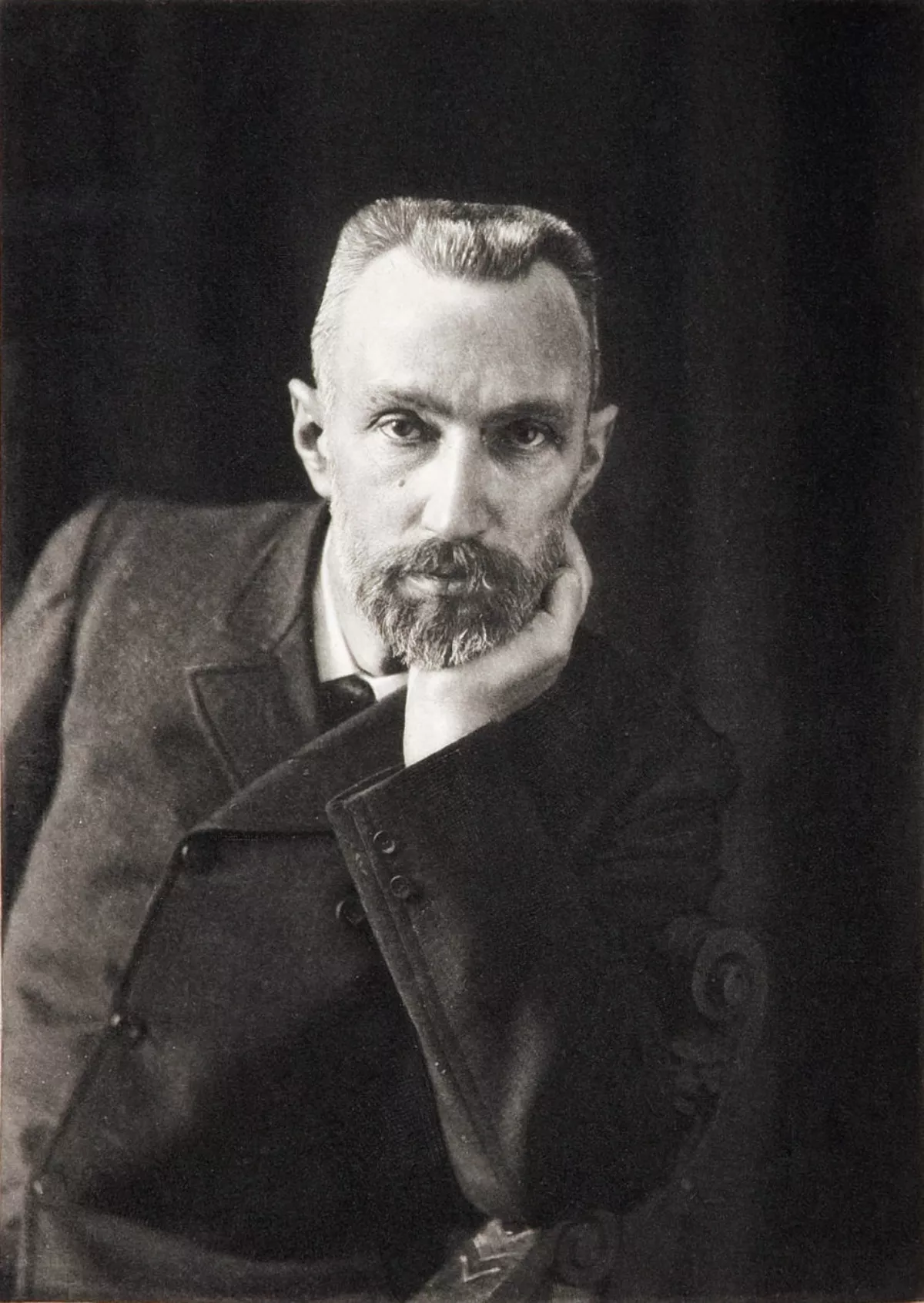 1.
1. Pierre Curie shared the 1903 Nobel Prize in Physics with his wife, Marie Curie, and Henri Becquerel "in recognition of the extraordinary services they have rendered by their joint researches on the radiation phenomena discovered by Professor Henri Becquerel".